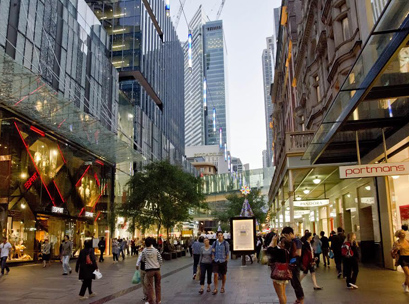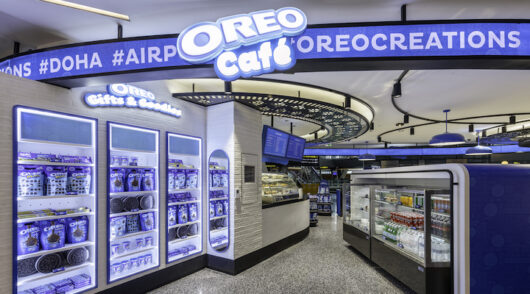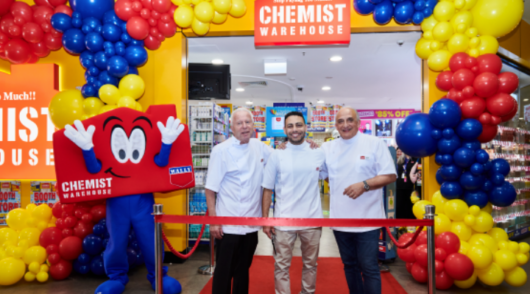 Sydney’s prime retail strip, Pitt Street Mall, has dropped a spot this year in retail rent rankings globally according to the latest report by real estate firm, Cushman & Wakefield.
Sydney’s prime retail strip, Pitt Street Mall, has dropped a spot this year in retail rent rankings globally according to the latest report by real estate firm, Cushman & Wakefield.
According to the report, Pitt Street was ranked the seventh most expensive retail destination worldwide.
The report tracks 462 of the top retail streets around the globe – ranking them by their prime rental value – showed Sydney has maintained its top 10 ranking in retail rent rankings globally. New York’s Upper 5th Avenue retained top position with average prime rent of USD3000 per sq ft per annum, over three times that of Pitt Street Mall at USD968 per sq ft per annum.
Hong Kong’s Causeway Bay and Paris’ Champs Elysees rounded out the top three positions respectively. Tokyo’s Ginza precinct was the greatest improver, rising from eighth in 2015 to 5th in 2016, behind London’s New Bond Street in fourth position.
As a result, Sydney’s Pitt Street dropped from sixth to seventh position. The result for the Ginza precinct was also buoyed by currency movements over the past year, with the Japanese yen appreciating 20 per cent against the US dollar and exacerbating the 19 per cent rental growth in local currency.
“Sydney continues to be identified as a world class retail destination, sitting well inside the top 10 globally,” said Dr Dominic Brown, head of Research, Australia and New Zealand. “Although it fell a spot year-on-year, this was mainly due to weakening of the Australian dollar, which offset half of the rental growth in local currency terms.”
Within the Asia Pacific region, Sydney placed third with Melbourne’s Bourke Street in fifth position – separated by Myeongdong in South Korea.
Despite flat rental growth year-on-year, Brisbane retained ninth position in the region.
The results highlight the strength of Australia CBD retail markets, as well as the underlying robustness of the sector as a whole. Tourism in general, but from China in particular, has been a driver of growth especially in the luxury retail sector.
The report also showed competition amongst retailers seeking to enter Australia’s key markets is intensifying and supporting rental growth.
”We have seen several successful high profile market entrants in the luxury retail sector, with the establishment of fortress stores in key CBD locations,” said Ben Tremellen, national director Retail Leasing. “However, there is a long list of international brands still trying to secure sites, which we expect to keep upward pressure on rental growth.”
Relatively strong service sector employment growth, for the IT sector in particular, has resulted in tightening CBD office vacancy rates in both Sydney and Melbourne. The trend is expected to continue for the next few years with the Sydney CBD vacancy rate expected to fall to its lowest level since the 1980s. The boost to employment and increase in the daytime population are positive for retailers, the report stated.
More broadly, growth in the New South Wales economy, new infrastructure developments including the light rail and metro rail projects, and the residential construction boom, has resulted in a wider range of retailers seeking opportunities in the Sydney CBD.
“With significant investment in in all classes of office buildings from institutional landlords, and major infrastructure projects in the Sydney CBD, we are seeing increasingly positive conditions for retailers,” said Matt Hudson, national director Retail Leasing.
Hudson said demand for space is now shifting beyond the traditional retail core, that is now no longer limited to the historical boundary between King Street and Market Street.
Overall, the report indicated, the outlook for CBD retail in Australia looks positive. While weaker economic and income growth has limited consumer spending over recent years, the improving economic outlook, falling office vacancy rates, growth in tourism, and ongoing population growth continue to provide firm fundamentals.
Access exclusive analysis, locked news and reports with Inside Retail Weekly. Subscribe today and get our premium print publication delivered to your door every week.





